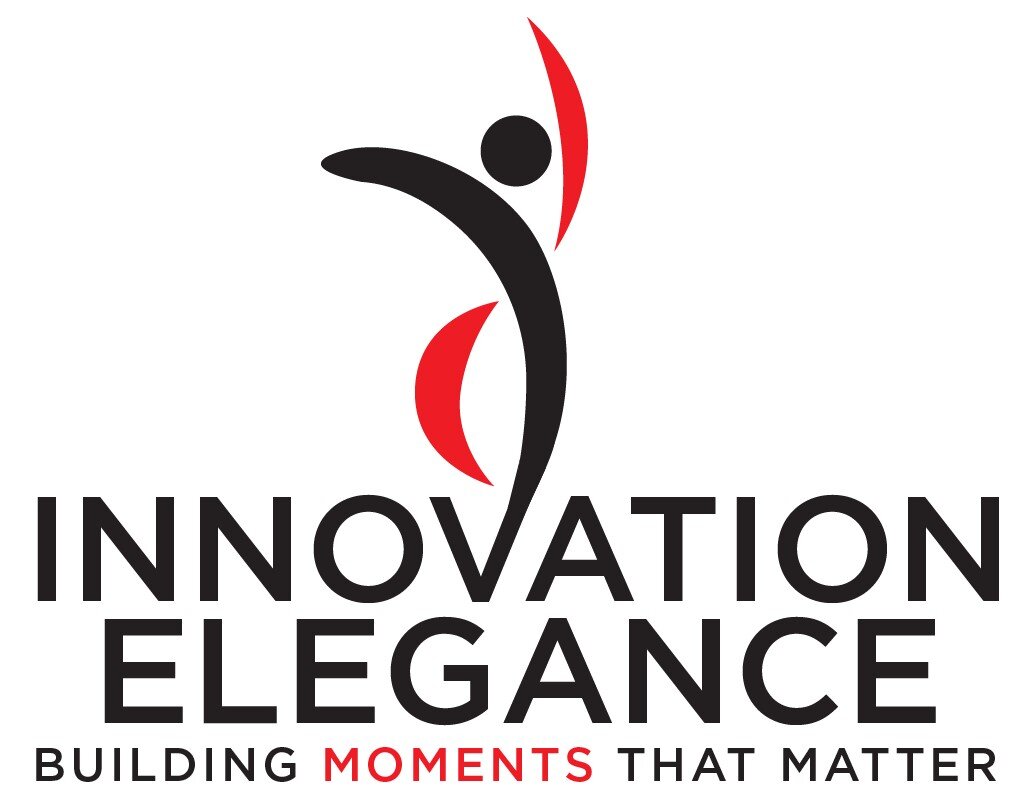Project Charter
“How do you eat an elephant? One bite at a time.”
A project charter is pretty common, but rigor varies widely. Sustainable value of a project charter also varies widely. The value proposition and vigilance of your innovation investment depend on a rigorous, sustainable project charter.
As time passes, as other projects complete, and as priorities on your Roadmap settle into view, you are ready to start a new project. You must put to paper the early expectations of every new project. Success factors for a project charter:
Complete as much Current State documentation as you can
Avoid boiling the ocean; keep size and scope of the project modest
Structure and populate the document so that it can evolve as the project team learns more and makes new decisions
Consider every item below to build a rigorous Project Charter.
Executive Summary
Problem Statement(s) or Point(s) of Pain
History / Context
Root Cause(s)
Scope Description or Project Objective
Aspirations / Elevator Pitch
Relevant Lessons Learned / Pre-mortem
Customer Experience Hierarchy / Use Case Inventory
Out-of-Scope Specifications
Trailing Metrics
Target Metrics
Cost of Delay
Current State Process
Future State Process
Business Logic (If statements)
Dependencies / Competition of Investments
Sponsor(s)
Customers / Impacted Human Actors
Impacted System Actors
Core Team
Extended Team
Staffing Needs
Assumptions
Training Approach
BRIQ Log (Barriers, Risks, Issues, Questions)
This list of information feels like a lot. It is. This list contains the numerous questions your ensemble must answer as you begin an innovation. Postponing these questions does not make them disappear. Postponing simply promotes tribal knowledge, allows diverging answers to incubate in the minds of your stakeholders, and creates blind spots and vulnerability to negative surprises.
If you are considering holding a project kickoff meeting, be thoughtful about the relationship between that meeting and the Five Verbs for the project charter. Don’t have the meeting upstage the project charter. Save yourself the Powerpoint slides and treat any kickoff meeting as either 1) a Review and Revise session or 2) an Approval session for the charter itself.
Upstream Assets: Roadmap, Change Log, Use Case Inventory
Downstream Assets: Future State Script, Project Plan


